Contents
As brands and designers seek to stand out in an increasingly tech-dominated world, fonts are becoming a crucial tool for storytelling and user experience. Research shows that typography influences user perception by 95%, impacting everything from readability to brand trust. Every 6 out of 10 consumers say a brand’s font choice affects their likelihood to engage with its content.
In 2025, font trends are shaped by a desire for human connection, sustainability, and AI-powered customization. The typography trends this year, are expected to be a blend of nostalgic typefaces, fluid and dynamic lettering, and hyper-modern AI-assisted fonts making waves in branding, web design, and advertising.
Below, let’s explore the top new font trends in 2025 with specific examples and real-world applications.
Top font trends in 2025
Neo-retro serif revival
Nostalgia continues to dominate design as brands tap into retro aesthetics to create warmth and trust. Designers are modernizing classic serif fonts with contemporary twists such as sharper edges, enhanced contrast, and digital flexibility.
Examples:
- Reckless Neue – A high-contrast serif blending vintage charm with modern appeal, used in editorial layouts and luxury branding.
- Noe Display – Popular in high-end fashion magazines, balancing boldness and elegance.
Where it’s used:
- High-end branding (fashion, editorial, boutique packaging)
- Digital publishing and lifestyle blogs
- Luxury e-commerce platforms
Expressive & free-form handwritten fonts
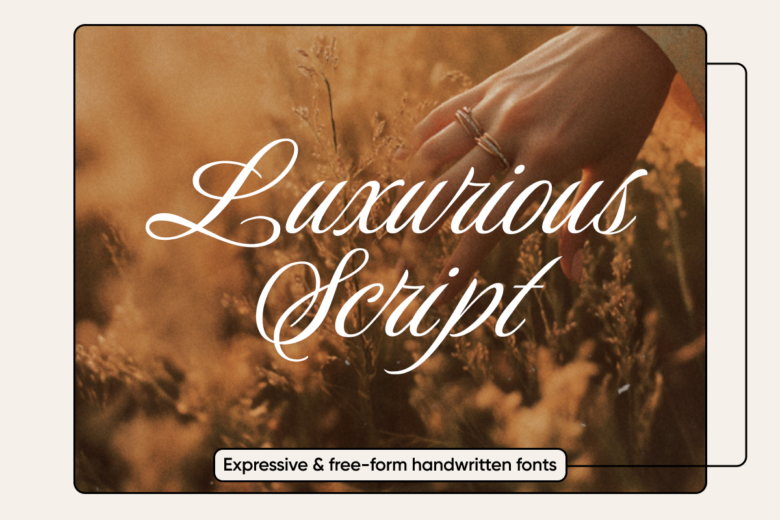
As AI-generated content rises, designers are countering with organic, human-like typography that feels personal and imperfect. Handwritten and brush-style fonts add personality to digital experiences.
Examples:
- Luxurious Script – brings an elegant, hand-lettered touch to your designs, blending sophistication with the charm of imperfect, organic curves.
· Zefir Brush – A rough, expressive brush typeface seen in restaurant branding and creative packaging.
Where it’s used:
- Social media graphics and branding (Instagram, Pinterest, handmade product labels)
- Food & beverage packaging (craft coffee brands, organic snacks)
- Personal portfolios and blogs
Minimalist & functional sans-serifs
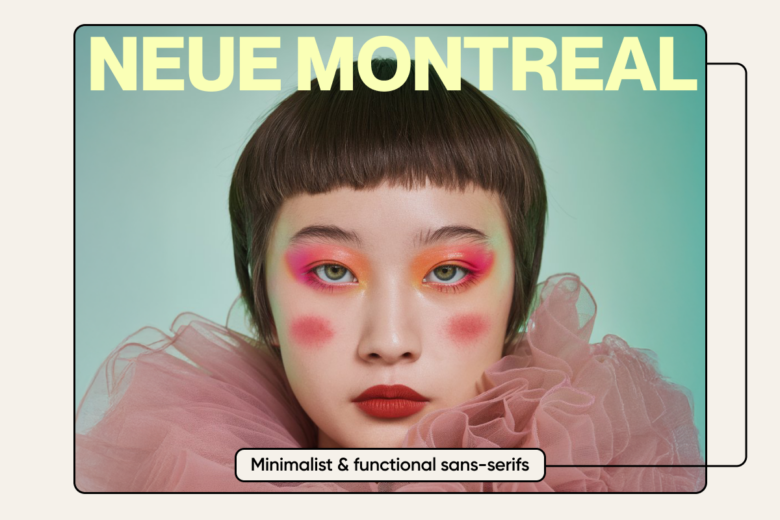
With digital accessibility in focus, minimalist sans-serifs dominate UX/UI design. These fonts are legible across various screen sizes, providing clarity and efficiency in brand communication.
Examples:
- Neue Montreal – A versatile, modern sans-serif widely used in startups and tech branding.
- Inter UI – Optimized for digital interfaces, ensuring legibility in mobile and desktop applications.
Where it’s used:
- Corporate and fintech branding
- UX/UI design for apps and websites
- Digital product interfaces and dashboards
High-contrast typography for luxury branding
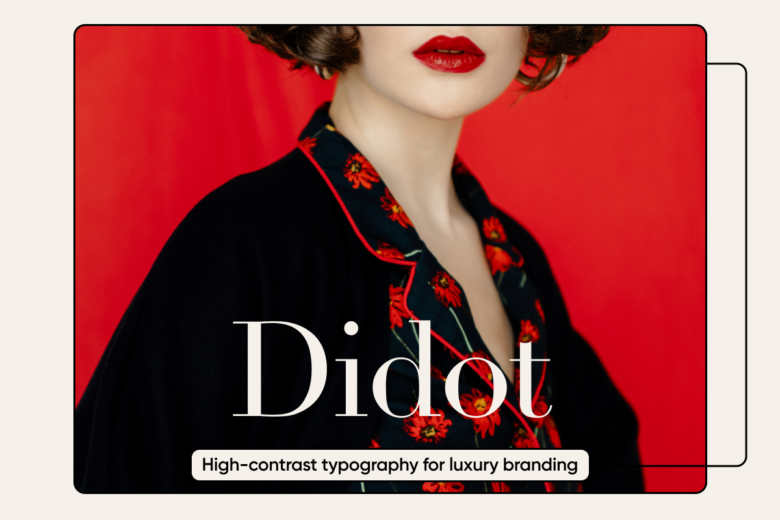
High contrast between thick and thin strokes creates a dramatic, sophisticated effect, perfect for luxury brands, high-end editorial layouts, and premium product packaging.
Examples:
- Canela: A soft yet dramatic serif used in perfume and jewelry branding.
- Didot: A timeless typeface found in high-fashion campaigns.
Where it’s used:
- High-end fashion campaigns (magazines, billboards)
- Premium product packaging (luxury cosmetics, wine labels)
- Upscale hospitality branding (five-star hotels, fine dining menus)
AI-generated & adaptive typefaces
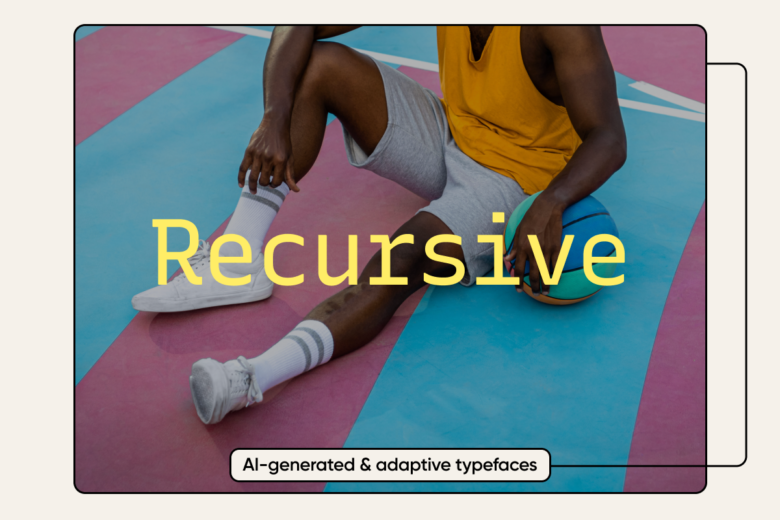
The rise of AI-driven design tools is leading to fonts that dynamically adjust their weight, width, and proportions based on user interaction and screen size.
Examples:
- Recursive: A variable font that adapts seamlessly between sans and monospace styles.
- Beatrice: An AI-optimized serif designed for digital readability.
Where it’s used:
- Dynamic web design (interactive websites, AI-powered platforms)
- Data visualization tools and analytics dashboards
- Augmented reality (AR) and virtual reality (VR) interfaces
Futuristic & geometric sans-serifs
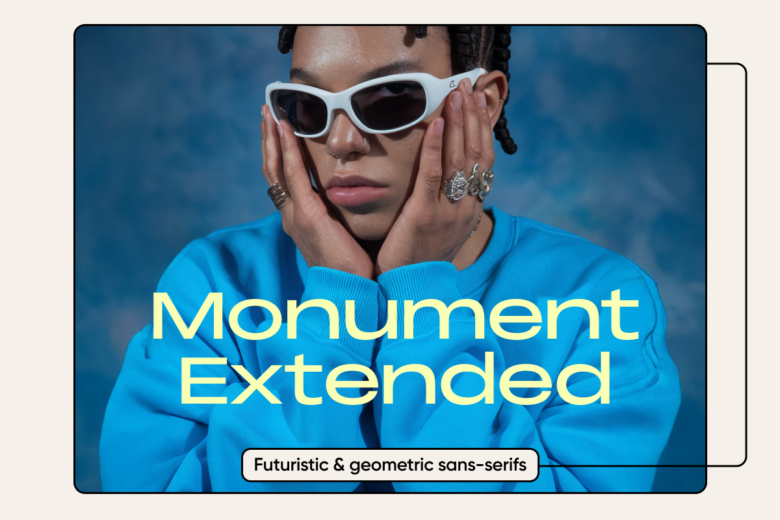
With the increasing prominence of fintech, crypto, and AI startups, futuristic geometric fonts give brands a sleek, innovative identity.
Examples:
- Monument Extended – A bold, futuristic sans-serif frequently used in gaming and esports branding.
- Aeonik – A structured geometric font seen in tech company logos.
Where it’s used:
- Cryptocurrency and blockchain platforms
- Tech and AI startup branding
- Esports industry marketing
Mixed typography: combining contrasts
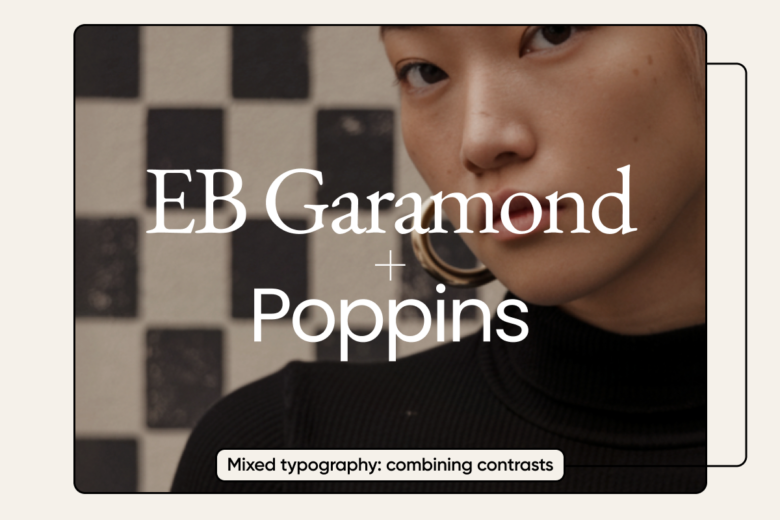
Pairing serif and sans-serif typefaces creates visual hierarchy and uniqueness, a growing trend in digital storytelling and advertising.
Examples:
- Serif (EB Garamond) + Sans-Serif (Poppins) – Used in minimalist website designs for a modern yet classic feel.
- Handwritten + Geometric Sans – Frequently seen in eco-friendly brand packaging.
Where it’s used:
- Digital marketing and advertising (posters, display ads)
- Editorial websites and blogs
- Creative business presentations
Where to find the best trendy fonts
To stay ahead of these trends, explore these resources for high-quality fonts:
- Picsart Fonts – Diverse selection of contemporary and trendy fonts.
- Picsart Design Tools – Experiment with typography in real-time design projects.
- Google Fonts – Free, accessible fonts for web and mobile projects.
- Creative Market – Handcrafted fonts from independent designers.
Final thoughts
The typography trends in 2025 are a mix of nostalgia and innovation, where authenticity meets technology. Whether embracing the elegance of high-contrast serifs, the adaptability of AI-generated fonts, or the bold impact of geometric sans-serifs, designers have endless opportunities to push creativity forward.
To make the most of these font trends, experiment with pairings, consider your brand’s voice, and leverage resources like minimalist fonts or best resume fonts to refine your typography choices.




